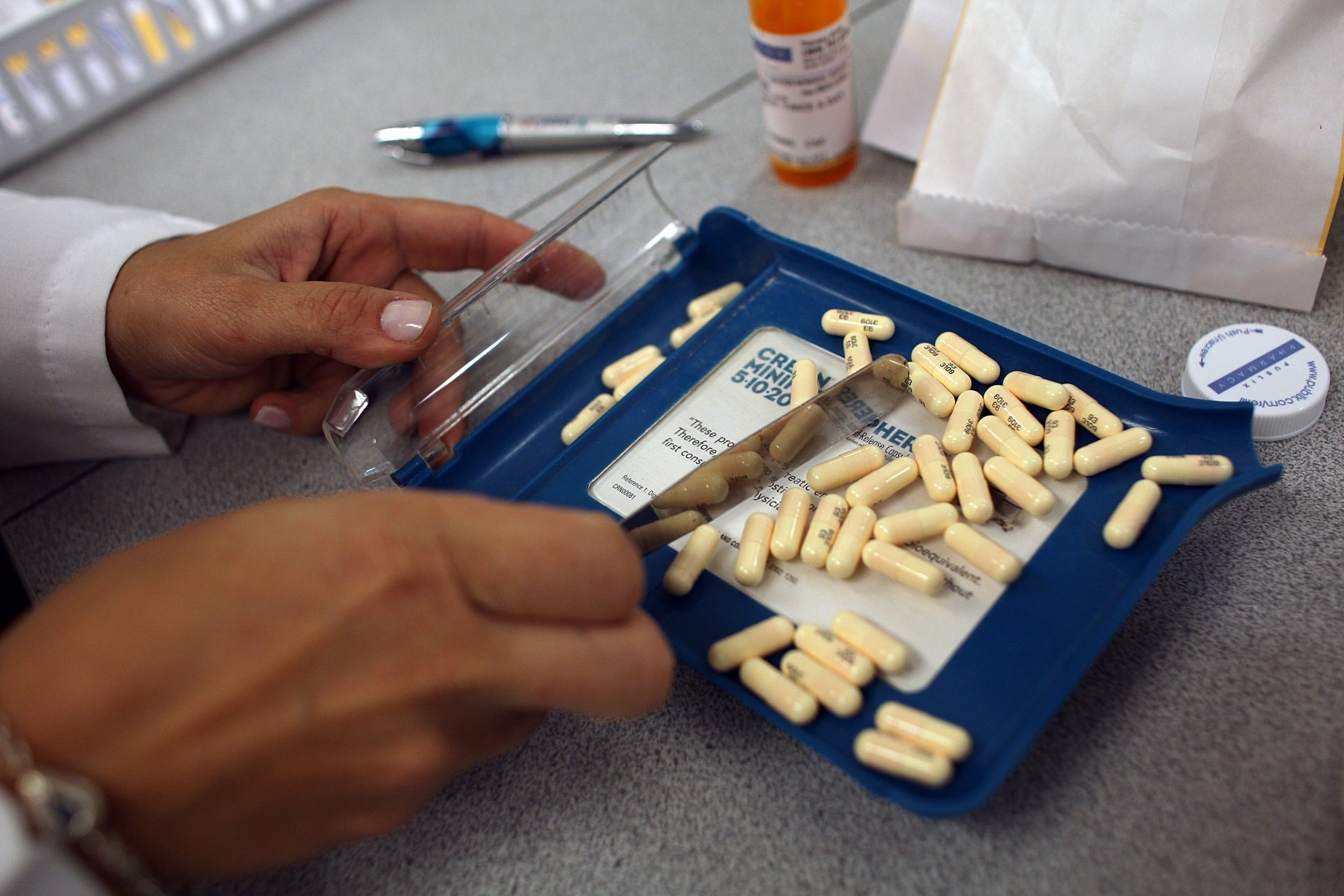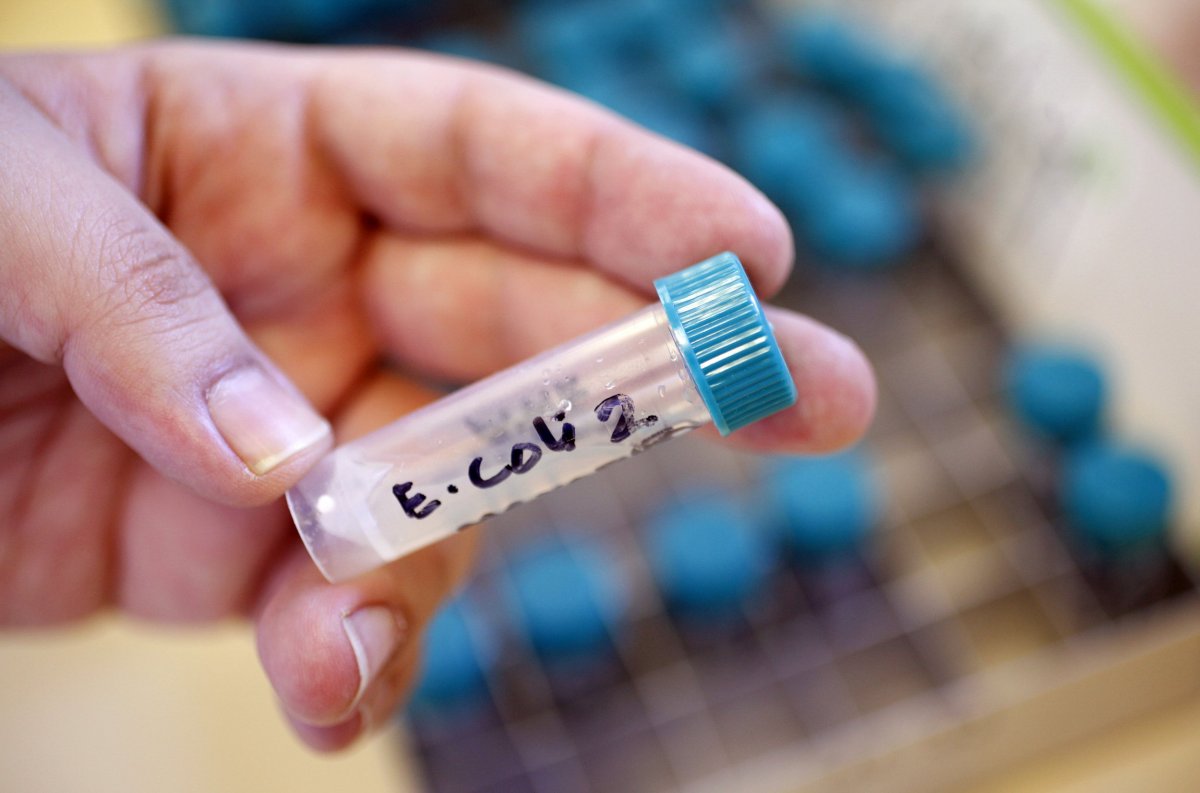
Bacteria that are resistant to current antibiotics are a growing—and alarming—problem. A new solution comes from an unexpected place: light-activated chemicals that supercharge antibiotics so that bacteria cannot withstand them.
Drug-resistant infections are a serious concern. Some strains of the bacteria Escherichia coli (more commonly known as E. coli), for example, have become resistant to drugs like carbapenem, usually considered antibiotics of last resort. Streptococcus pneumoniae—the bacteria that causes strep throat—is also increasingly drug resistant. The list goes on and includes several potentially fatal illnesses, such as MRSA (methicillin-resistant Staphylococcus aureus).
Could adding one light-activated particle to antibiotics save someone infected with a drug-resistant bug from dying? Researchers at the University of Colorado, including self-styled "quantum biologists" like Prashant Nagpal, think it may someday be possible. He and his team published the results of a series of experiments using quantum dots—tiny semiconductive particles—in Science Advances on Wednesday. The latest paper builds on previous work published in Nature Materials in 2016 and demonstrated that quantum dots can be effective on their own against resistant bacteria.
Drug-resistant bacteria is not a problem of the future, Nagpal told Newsweek. "It's right here, right now." Patients at the University of Colorado hospital were the source for some of the drug-resistant bacteria that Nagpal and his colleagues used for their experiments.
The quantum dot Nagpal works with is minuscule. "It's 10,000 times smaller than the width of a typical human hair," he said.
With a particle that small, some basic properties can change. The wavelength of light that it can absorb or the kinds of chemicals created after light is absorbed can change if it is made larger or smaller. By tailoring the size of the quantum dot, Nagpal and others he worked with were able to produce exactly the kind of chemical reaction they wanted. In this case, the reaction is meant to create something called superoxide. This enzyme shouldn't affect healthy tissue. However, it does stress out bacteria and leaves them more vulnerable to the antibiotics to which they'd been resistant.
"It's like a one-two punch," Nagpal said.

The effect of the quantum dots mimics the body's immune system, said Christian Baron, an antibiotic-resistance expert at the University of Montreal. "The quantum dots do something like what macrophages would do," he said, referring to one particular type of cell in the immune system. "Macrophages engulf bacteria and, among other things, they produce reactive oxygen species to kill bacteria."
"We need out-of-the-box approaches because we are not all that good at making new antibiotics," Baron said. "Antibiotic resistance is such a big problem."
Nagpal and his team began by testing their antibiotic-dot combo against MRSA, a very drug-resistant staph infection. Almost all of the bacteria died, even though the antibiotic wasn't one that should have worked on its own. So Nagpal and his team tested the dots against even nastier strains. The technique kept working.
"We expected it to work, but we didn't expect it to work that well," he said.
The drugs and the way they might be used aren't perfect yet. Although light could work to activate antibiotics for a skin infection, for example, light with wavelengths tested in this study wouldn't be able to reach infections that have burrowed into bones or deeper organs. (Other stimuli could have the same results, like ultrasound waves, though light would be more effective.)
And people won't be filling prescriptions for quantum dots anytime soon. Even if funding were secured for the rest of the development, it could take more than a year to bring the technology to clinical trials, which would just be the first step toward regulatory approval. It would also be nice to make dots without heavy metals like cadmium. Nagpal and some of his colleagues are expecting to commercialize the technique and have filed for a patent on it.
This work doesn't necessarily mean that there's no need to develop new antibiotics that could be effective on their own or more kinds of antibacterial applications for quantum dots.
"We have to think of the next five generations of therapies, but right now we're ten generations behind," Nagpal said. "We really need to catch up."
Uncommon Knowledge
Newsweek is committed to challenging conventional wisdom and finding connections in the search for common ground.
Newsweek is committed to challenging conventional wisdom and finding connections in the search for common ground.
About the writer
Kate Sheridan is a science writer. She's previously written for STAT, Hakai Magazine, the Montreal Gazette, and other digital and ... Read more
To read how Newsweek uses AI as a newsroom tool, Click here.








